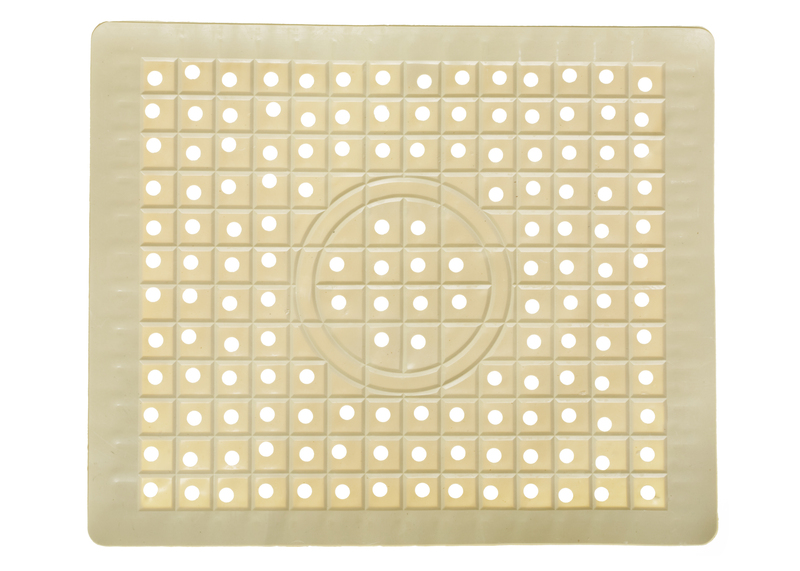From Annoying to Sparkling Clean: The Foolproof Method for Descaling Your Kettle
Posted on 06/05/2024
A cup of hot tea, coffee, or even soup can be a lifesaver on a chilly day. However, if your kettle is not properly maintained, it can go from being a helpful appliance to an annoying one. The build-up of mineral deposits and limescale inside your kettle can not only affect the taste of your hot beverages but also reduce the lifespan of the appliance. If you've been struggling with a stubbornly dirty kettle, worry no more. In this article, we will discuss the foolproof method for descaling your kettle.
Descaling is the process of removing mineral deposits and limescale from the interior of your kettle. These deposits are formed due to the presence of minerals like calcium and magnesium in tap water, and they can clog the heating element, affecting its efficiency. Descaling not only cleans your kettle but also helps prolong its life and maintain its functionality. So let's dive into the foolproof method for descaling your kettle.
The Materials You Will Need
Before we get into the steps of descaling your kettle, it's important to gather all the necessary materials. Here's what you'll need:
- Vinegar or lemon juice
- Water
- Kettle cleaning brush or cloth
- Toothbrush
- Baking soda (optional)
- White vinegar (optional)

The Steps to Descaling Your Kettle
Step 1: Prepare Your Solution
The first step is to create a solution that will effectively remove all the mineral deposits and limescale from your kettle. You can choose between using vinegar or lemon juice as both are acidic agents that work well for descaling.
- Vinegar: Mix equal parts of white vinegar and water in a bowl. For example, if you use one cup of vinegar, mix it with one cup of water.
- Lemon juice: Squeeze the juice of two lemons into a bowl and add enough water to dilute it.
Step 2: Fill Your Kettle
Now, fill your kettle with the solution you prepared in step one. If your kettle has a maximum fill line, make sure not to go above it.
Step 3: Let It Soak
Let your kettle sit for at least an hour or more, depending on how heavy the build-up is. This will give the solution enough time to break down the deposits.
Step 4: Scrub Away
After soaking, empty your kettle and scrub away any remaining deposits with a kettle cleaning brush or cloth. You can also use a toothbrush for harder-to-reach areas.
Step 5: Rinse Thoroughly
Lastly, rinse your kettle thoroughly with clean water to remove any traces of the solution. Fill it up again with clean water and bring it to boil to remove any remaining particles.
Tips for Preventing Limescale Buildup
- To prevent limescale build-up in the future, consider using filtered or distilled water in your kettle.
- If using tap water, try adding a pinch of baking soda or white vinegar before boiling to reduce mineral deposits.
- Regularly clean your kettle at least once a month to prevent heavy build-up.
The Pros and Cons of Descaling Your Kettle
Pros:
- Removes mineral deposits and limescale, making hot beverages taste better and preventing damage to the appliance.
- Easy and affordable method using basic household ingredients.
- Prolongs the lifespan of your kettle, saving you money in the long run.
Cons:
- Can be time-consuming, especially if the build-up is heavy.
- May have a strong smell during the descaling process.

The Takeaways
Descaling your kettle is an essential task for maintaining its functionality and ensuring your hot beverages taste their best. Using vinegar or lemon juice with water is an effective and affordable method for removing mineral deposits and limescale. Regularly cleaning your kettle and using filtered water can also help prevent heavy build-up in the future.
In Conclusion
Now that you know the foolproof method for descaling your kettle, there's no excuse for a dirty appliance. Follow these simple steps regularly, and you'll have a sparkling clean kettle that will provide you with delicious hot beverages for years to come. So go ahead and enjoy that cup of tea without any annoying mineral deposits ruining the flavor. Cheers!

